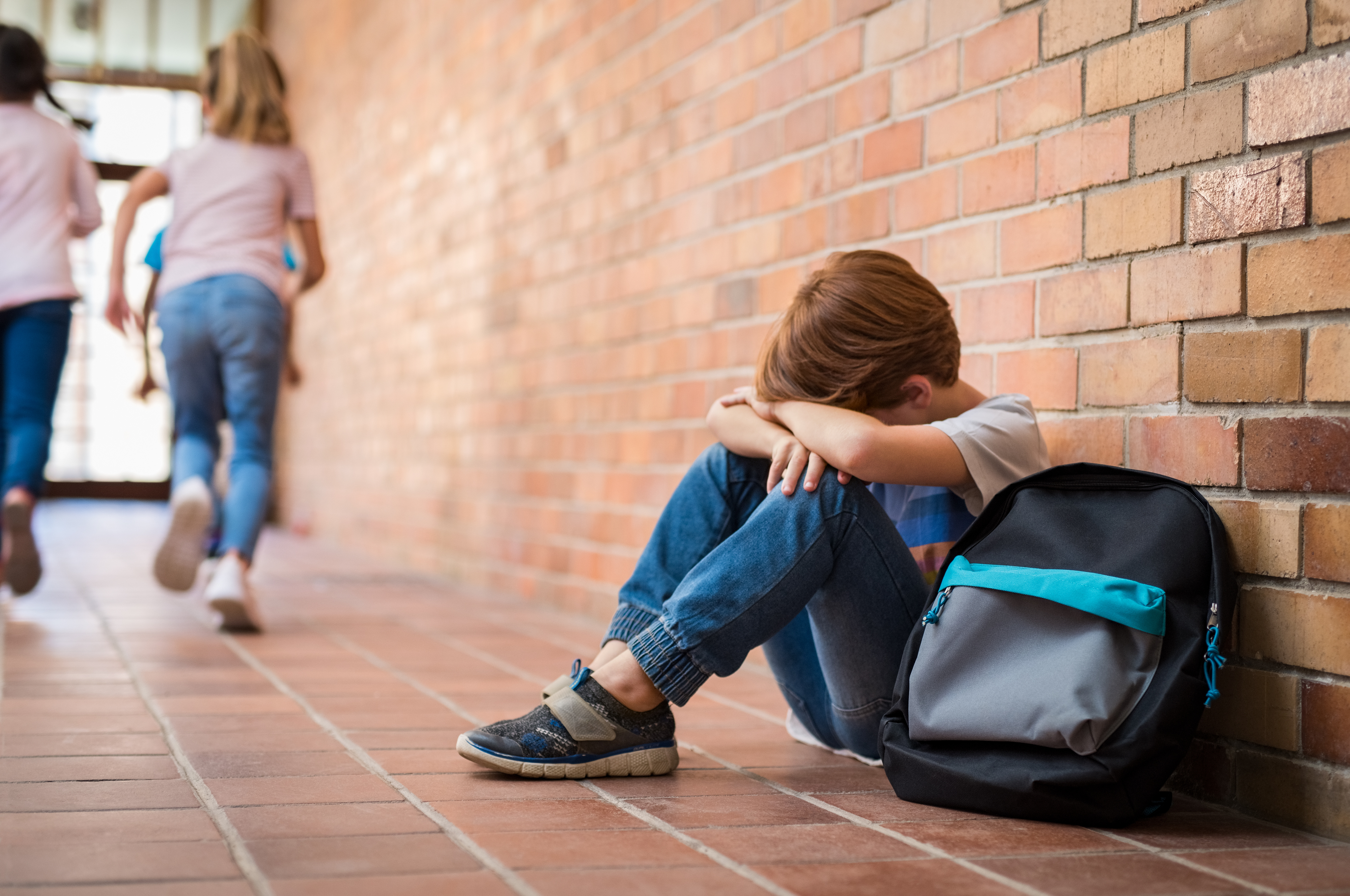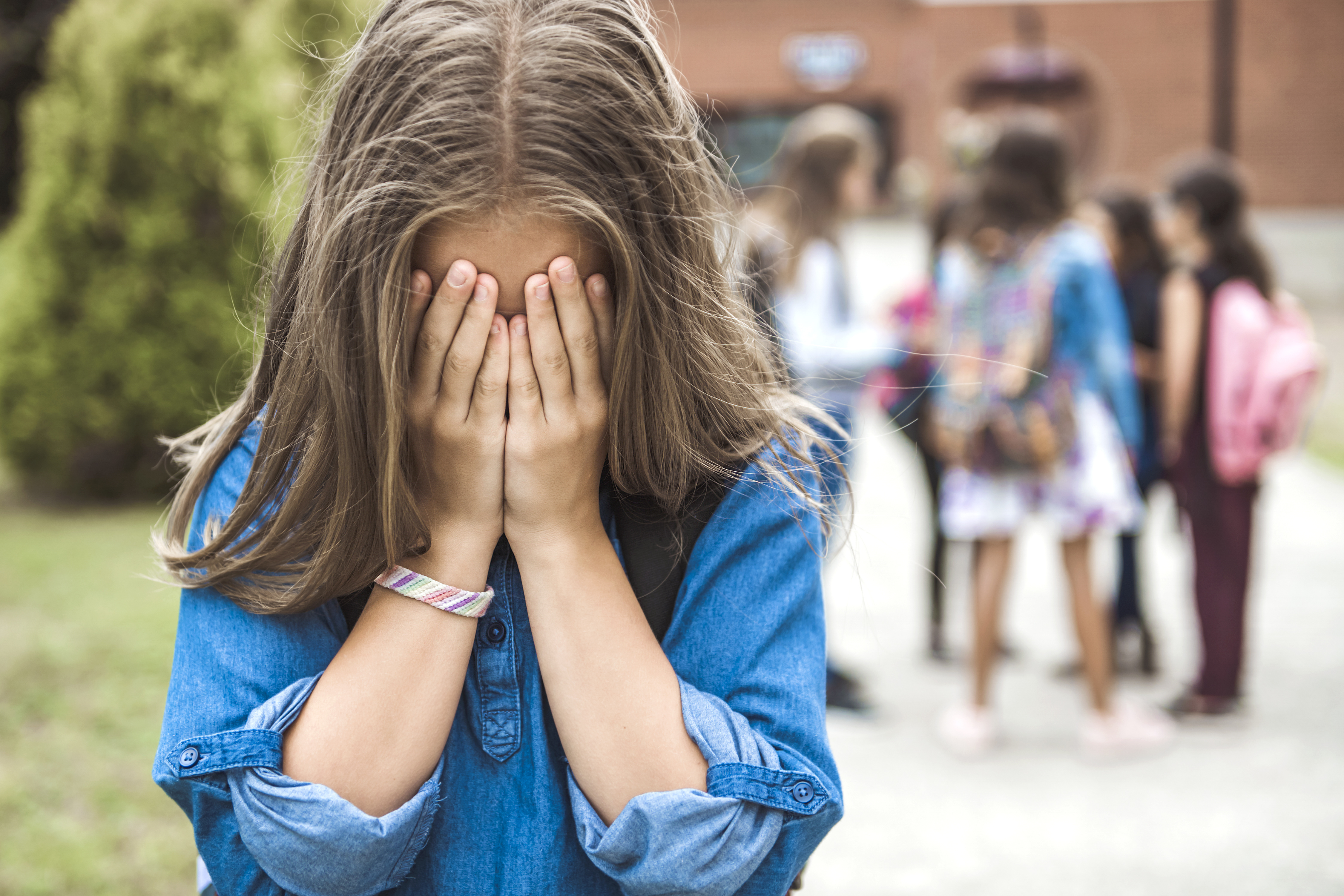Difference between bullying and school conflict
Do you know the difference between a school conflict between children and bullying? We tell you the signs that you should look out for to prevent it from increasing.
KNOW YOURSELF
Share

As a micro society, schools reflect different situations that occur in social relationships. Schools’ most important mission is to work with families in educating children, supporting the educational pathway chosen by the parents. The contribution to the pupils’ personal development involves teaching them to maintain relationships with difficulties and changes which, sometimes, involve interpersonal conflicts. Schools are ecosystems that are conducive to learning about conflict resolution.
How to detect violence at school?
School conflicts involve disagreements between pupils about ideas, interests and values that exist within the educational community. These misunderstandings involve rivalry, fights over the use of spaces, discrimination, intimidation, loss or theft of school equipment, etc.
There are some aspects that facilitate the increase in aggressiveness and conflict between pupils: an older age for finishing compulsory secondary education, with more demotivated pupils in the classroom; a larger number of pupils per class, which involves more frictions that lead to conflicts and physical and psychological tension; a slow but severe, reduction of the authority that teachers have over pupils, which leads to the breach of certain rules; and communication difficulties between teachers and pupils. All of this translates into situations of conflict.
Difference between bullying and school conflict
The so-called Internal regime rules for schools suggests rules that are worth bearing in mind and that facilitate an environment of working and discipline, and include the rules and strategies to put in place when school conflicts arise.
Bullying is one of the biggest problems of interpersonal conflict that can occur inside and/or outside of a school. The ways in which it can manifest itself are physical, verbal or psychological abuse and/or cyber bullying.
To distinguish between what is school conflict and what is bullying, it is worth bearing in mind that the bully’s behaviour has to be a repeated and intentional action with the aim of intimidating, suppressing, frightening another pupil, either inside or outside of school. In addition, this exposure causes consequences in the person being bullied, either physical harm or psychological harm.

Signs you should look out for
The most common symptoms that may alert teaching staff or the family that a child is suffering from bullying are:
- Irritability, headaches, lack of appetite, tiredness, etc.
- Anxiety, depression.
- Insomnia, nightmares and difficulties sleeping.
- Apathy, behavioural and mood changes, social isolation.
- Maintaining a constant state of alert, not wanting to go to school or missing a lot of school.
- Behaviours of avoidance and running away, even negating the events that are happening.
- Fear of losing control or being alone.
- Worry, nervousness or pessimism.
- Suicidal thoughts or suicidal attempts
It is necessary for educational establishments to implement conflict resolution and management strategies, and develop interpersonal skills, by working on emotional intelligence. It is not about ending the conflict, but aiming to prevent violence via a better social awareness, learning to resolve problems, emotional self-management, developing empathy, stress management and developing healthy relationships.






